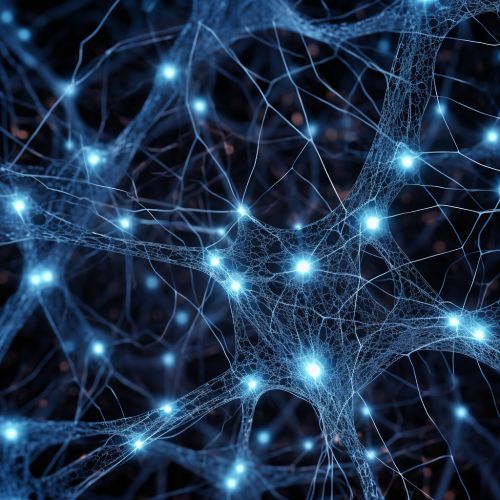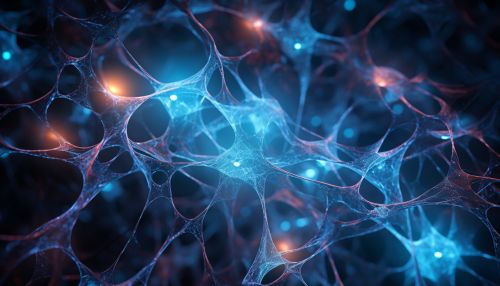Mechanisms of Neuroplasticity
Introduction
Neuroplasticity, also known as brain plasticity or neural plasticity, is the ability of the neural networks in the brain to change through growth and reorganization. These changes range from individual neuron pathways making new connections, to systemic adjustments like cortical remapping. In response to learning, experience, or injury, neuroplasticity allows the neurons (nerve cells) in the brain to compensate for injury and disease and to adjust their activities in response to new situations or to changes in their environment.


Mechanisms of Neuroplasticity
Neuroplasticity occurs on multiple levels, ranging from cellular changes due to learning, to large-scale changes involved in cortical remapping in response to injury. The role of neuroplasticity is widely recognized in adult learning and memory, and it has important implications for recovery from brain injury.
Synaptic Plasticity
Synaptic plasticity, the ability of the connection, or synapse, between two neurons to change in strength in response to either increase or decrease in activity, is one of the important neurochemical foundations of learning and memory. It can be divided into two forms: Hebbian plasticity and homeostatic plasticity.
Hebbian Plasticity
Hebbian plasticity, named after psychologist Donald Hebb, is a mechanism that adjusts the strength of connections between neurons in the brain based on the level of their activity. This form of plasticity is often summarized with the phrase "cells that fire together, wire together". This means that if two neurons are activated simultaneously, the synapse connecting them is strengthened.
Homeostatic Plasticity
Homeostatic plasticity mechanisms, on the other hand, work to stabilize the overall neural activity in the face of changes introduced by Hebbian plasticity or changes in sensory input. This form of plasticity adjusts the strength of all of a neuron's synaptic connections up or down to keep neural activity within an optimal range.
Structural Plasticity
Structural plasticity refers to the brain's ability to change its physical structure as a result of learning. This change can occur in several ways, including through the growth of new neurons (neurogenesis), the formation of new connections between neurons (synaptogenesis), or the pruning away of old connections.
Neurogenesis
Neurogenesis, the process of generating new neurons, occurs in certain parts of the brain throughout life, particularly in the hippocampus, a region of the brain involved in learning and memory. These new neurons form new connections with existing neurons to facilitate learning and memory processes.
Synaptogenesis
Synaptogenesis, the formation of new synapses, is another way that the brain changes its structure in response to learning. This process is particularly active during early brain development, but continues throughout life.
Synaptic Pruning
Synaptic pruning is the process by which extra neurons and synaptic connections are eliminated in order to increase the efficiency of neuronal transmissions. This process is crucial during early brain development to ensure that brain function is optimized.
Implications of Neuroplasticity
Neuroplasticity has several important implications in various fields such as learning and memory, aging, brain injury and neurodegenerative diseases.
Learning and Memory
Neuroplasticity is a fundamental mechanism that underlies the process of learning and the formation of memory. Changes in synaptic strength, formation of new synapses, and pruning of unnecessary neural connections all contribute to the encoding of information in the brain.
Aging
With aging, there is a natural decline in cognitive abilities which is associated with changes in neuroplasticity. However, research has shown that engaging in mentally stimulating activities can help to maintain cognitive function and promote neuroplasticity into old age.
Brain Injury
Following brain injury, neuroplasticity mechanisms can contribute to recovery by reorganizing and forming new connections to compensate for damaged areas of the brain. This has important implications for rehabilitation strategies following brain injury.
Neurodegenerative Diseases
In neurodegenerative diseases such as Alzheimer's disease and Parkinson's disease, there is a progressive loss of neurons and synapses. Understanding the mechanisms of neuroplasticity can provide insights into potential therapeutic strategies to slow down or reverse these changes.
